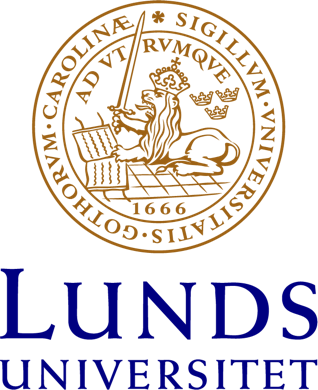ATF3 Protects Pulmonary Resident Cells from Acute and Ventilator-Induced Lung Injury by Preventing Nrf2 Degradation
Aims: Ventilator-induced lung injury (VILI) contributes to mortality in patients with acute respiratory distress syndrome, the most severe form of acute lung injury (ALI). Absence of activating transcription factor 3 (ATF3) confers susceptibility to ALI/VILI. To identify cell-specific ATF3-dependent mechanisms of susceptibility to ALI/VILI, we generated ATF3 chimera by adoptive bone marrow (BM) tr
